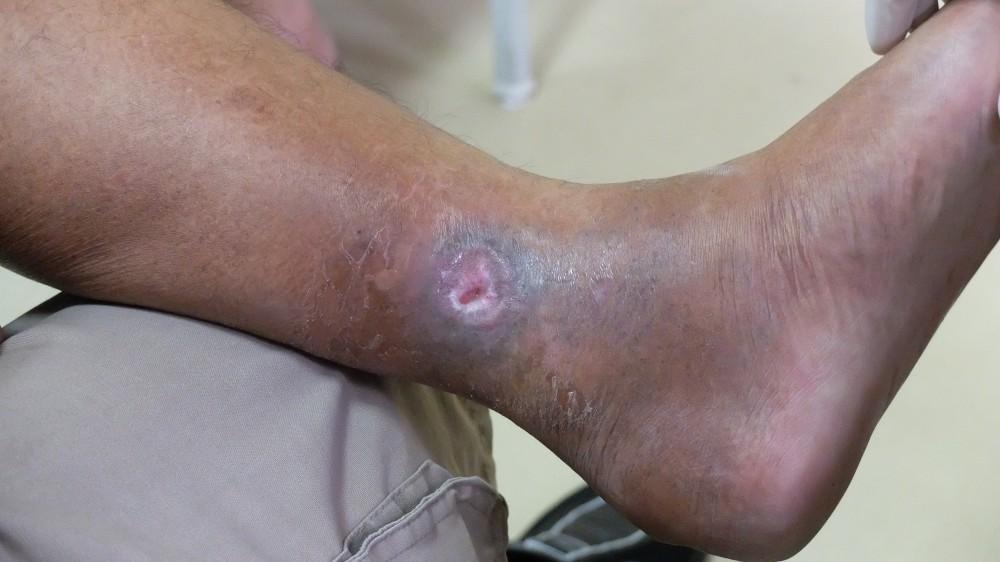
5 Symptoms of Hammertoe

If you have hammertoe issues, one or more of your toes becomes locked in a bent position. A toe affected in this way looks a little like the top of a hammer, hence the name of this common podiatry problem.
Expert podiatrist Dr. Steve Sharlin treats male and female patients for hammertoes from offices in Hinsdale, Libertyville, and the Streeterville community of Chicago, Illinois. Here are some of the signs and symptoms that Dr. Sharlin sees in people who have hammertoes, or who are at risk of developing them.
1. Changes in the appearance of your affected toes
Hammertoes occur due to pressure and stress on the joints in your second, third, fourth, or fifth toes. Tight or badly-fitting footwear is the most common cause of hammertoes.
Hammertoes begin by not straightening completely. Then, your affected toe takes on the characteristic hammerhead shape, staying like that even when your feet are bare. In severe cases of hammertoe, you won’t be able to straighten your toe even by manipulating it with your hands.
2. Corns and calluses
The deformation of your affected toes due to hammertoe progression causes incorrect foot alignment. Your toes rub abnormally against your shoes, or your other toes, forming calluses and corns as your skin protectively roughens.
3. Redness and inflammation
Hammertoes involve an underlying muscular imbalance in the muscles and tendons of your toes and feet. When you develop hammertoes, you may notice redness and inflammation in your toes and feet, signs of the stress of the developing deformity.
4. Toe pain
Hammertoes can become quite painful, especially if you continue to aggravate the affected area by wearing shoes that are too tight, or even by standing for a long period of time. Watch out for pain symptoms in your toes, and seek the opinion of a podiatry expert like Dr. Sharlin if your feet or toes experience persistent pain.
5. Open sores
The stress and friction that a severe case of hammertoes puts on your affected toes can result in open sores, injuries that run the risk of infection if not properly treated. Open sores on your feet limit your mobility, leaving you in pain and at risk of toe and foot infections.
Dr. Sharlin evaluates patients for hammertoes with a physical examination, possibly supplemented with X-rays. He can work with you on a treatment plan to address your hammertoe problems.
Depending on the severity of your condition, you could benefit from footwear changes, rest, custom orthotics or bracing, anti-inflammatory and pain reducing medications, or surgical treatment.
If you’ve noticed concerning signs of hammertoes, get in touch with Dr. Sharlin at The Foot Care Group today. Schedule your consultation over the phone now, or request an appointment online.
You Might Also Enjoy...


Can Hammertoes Be Corrected with Orthotics?

Can Cryotherapy Get Rid of My Plantar Warts?

I'm Embarrassed About My Toenail Fungus: What Can Help?

5 Bothersome Complications of Untreated Hammertoe

